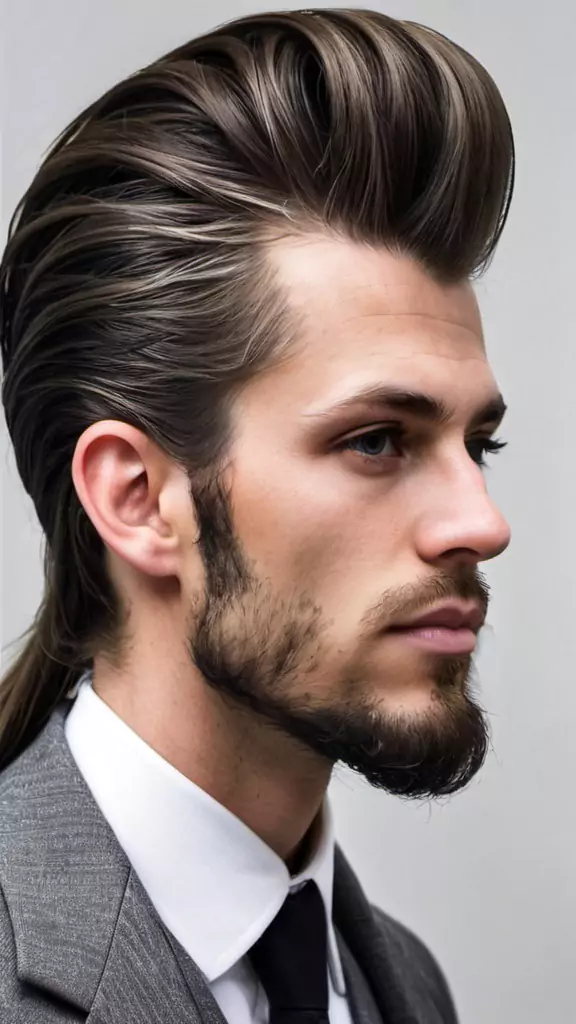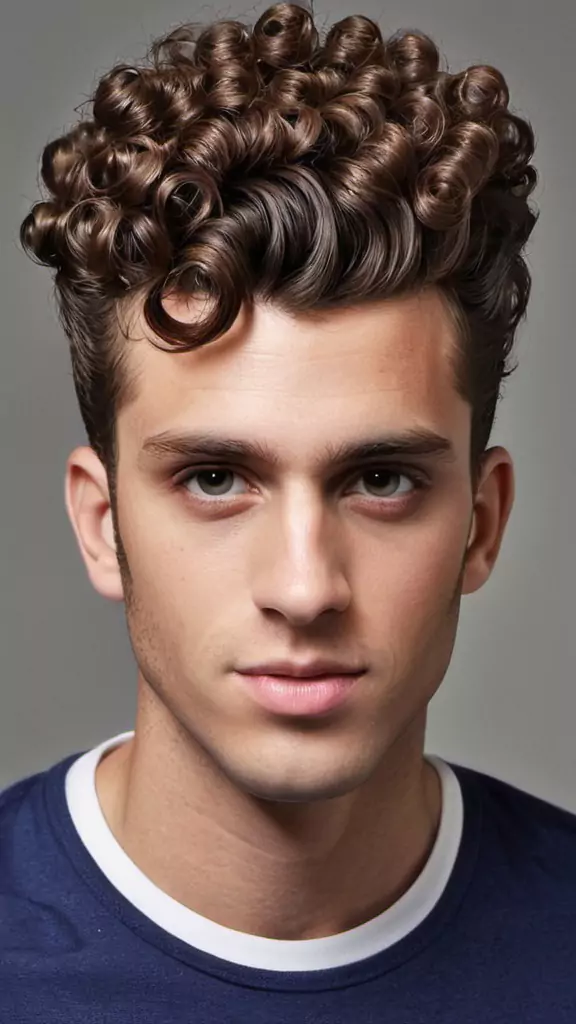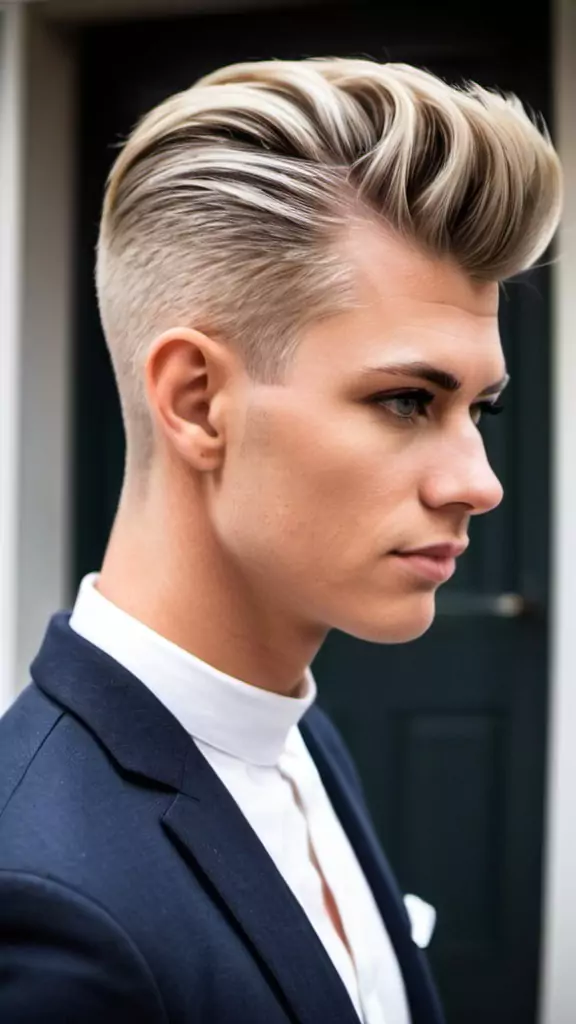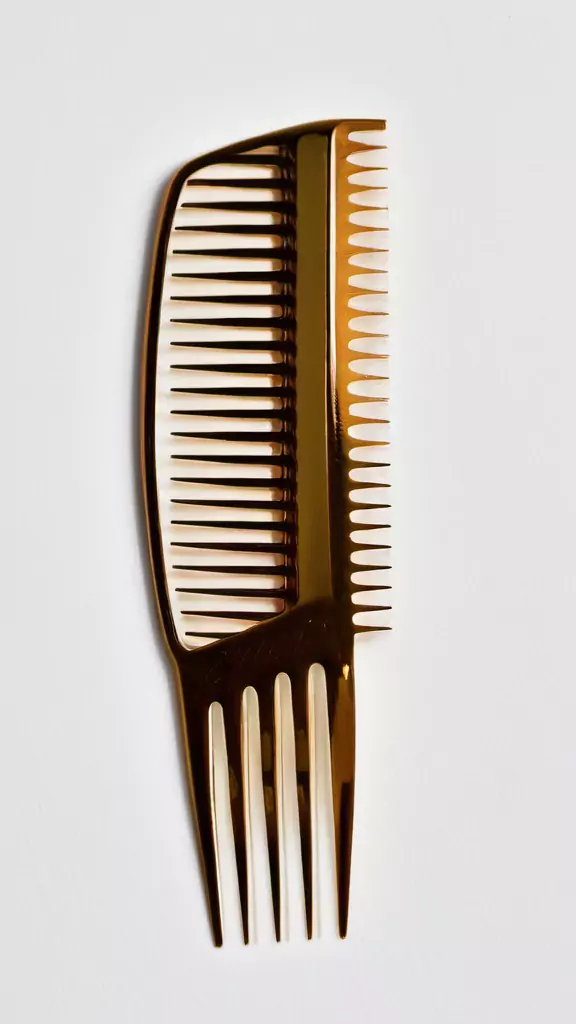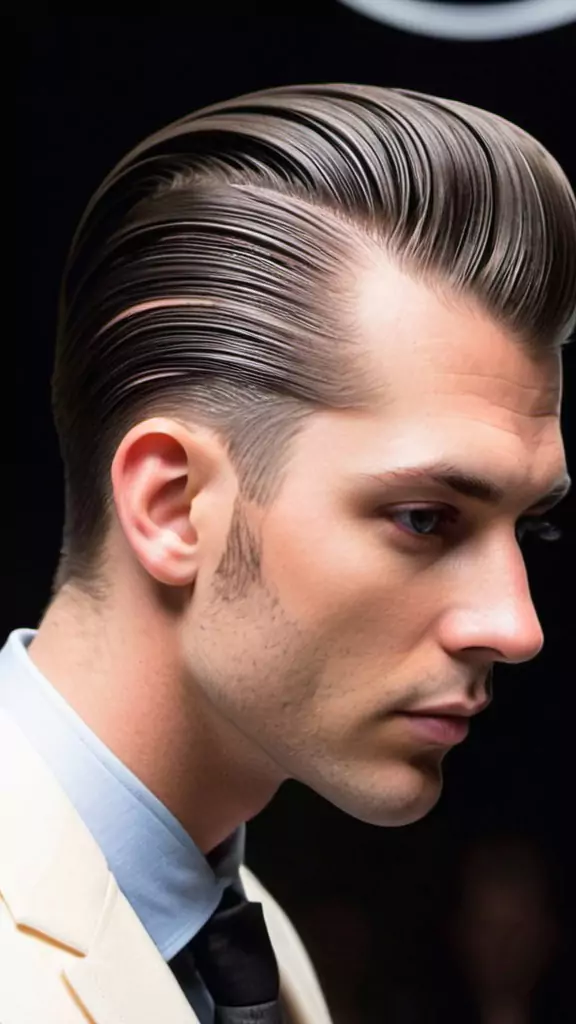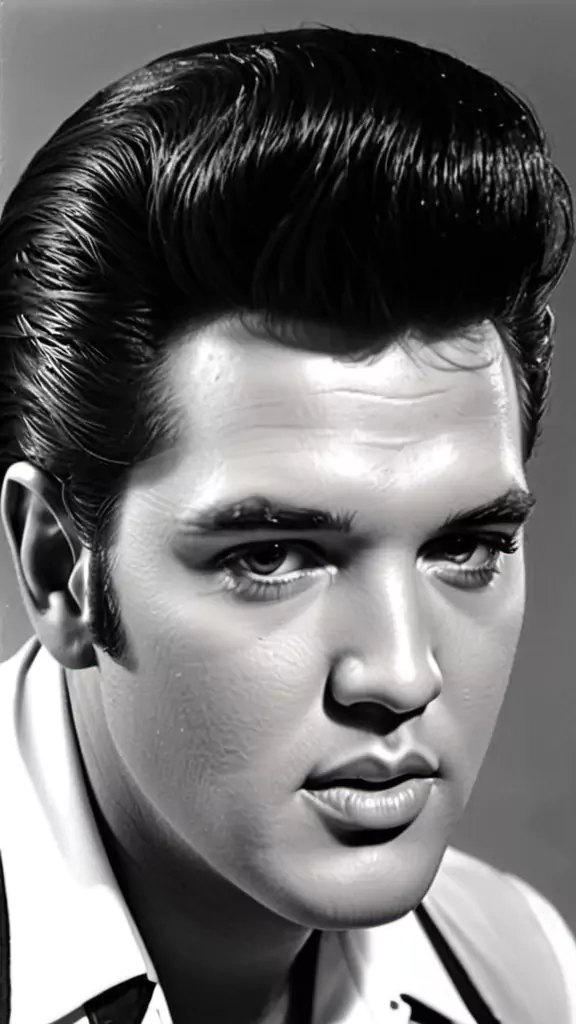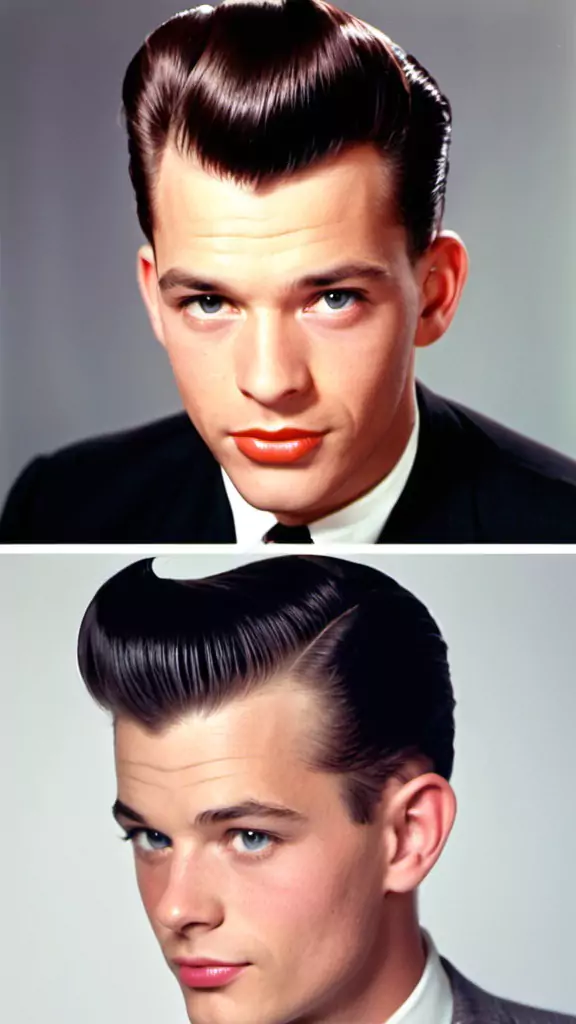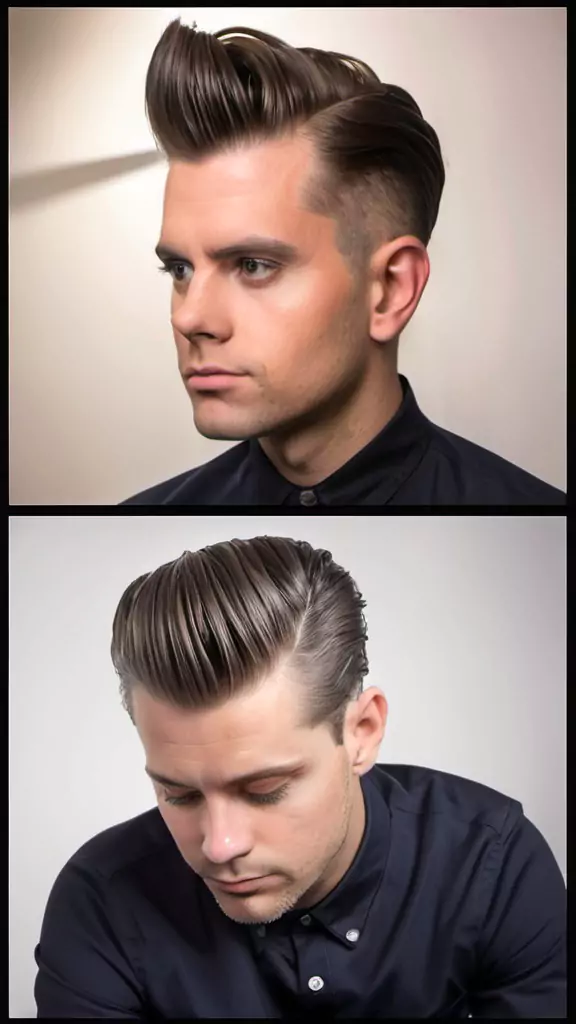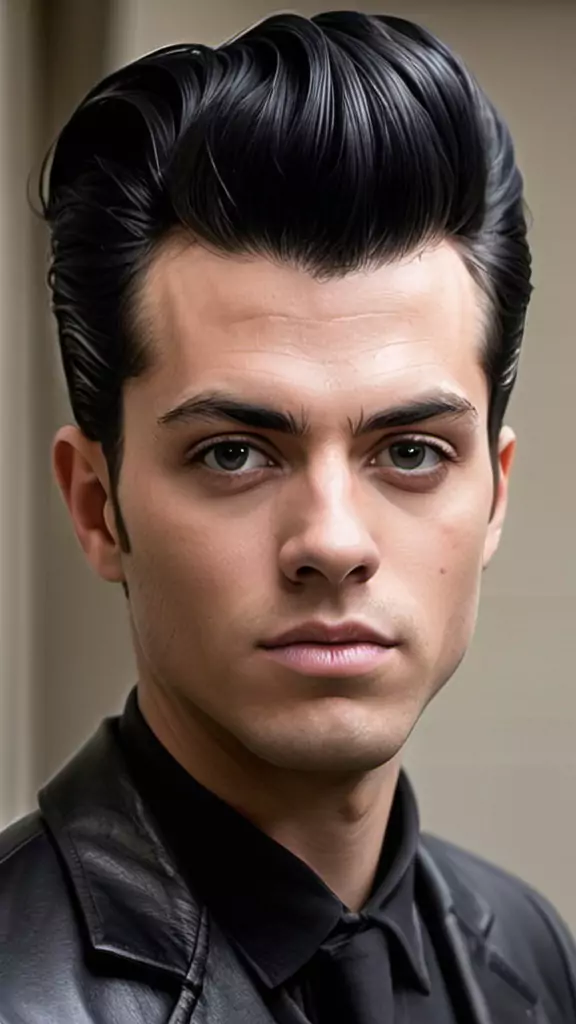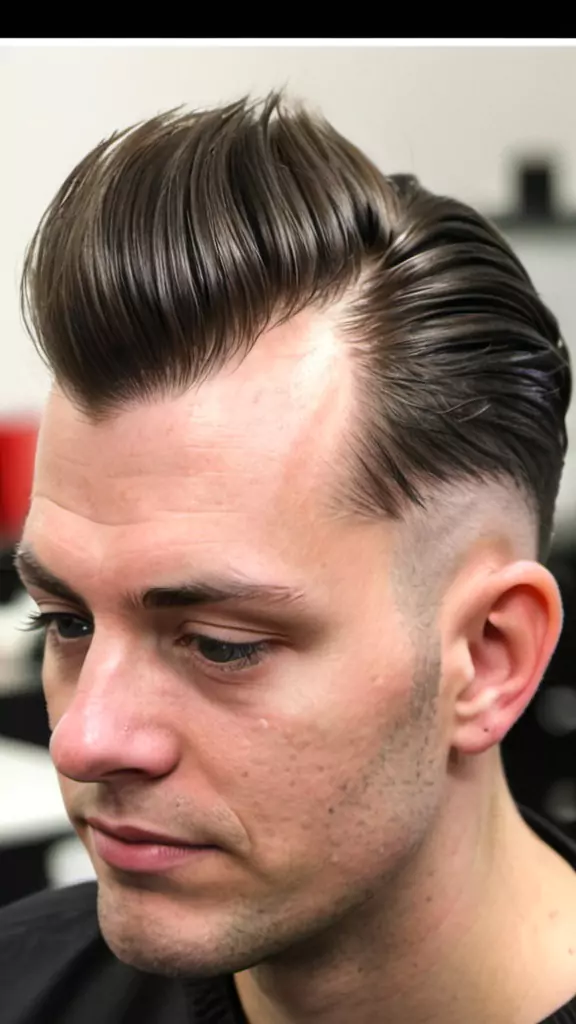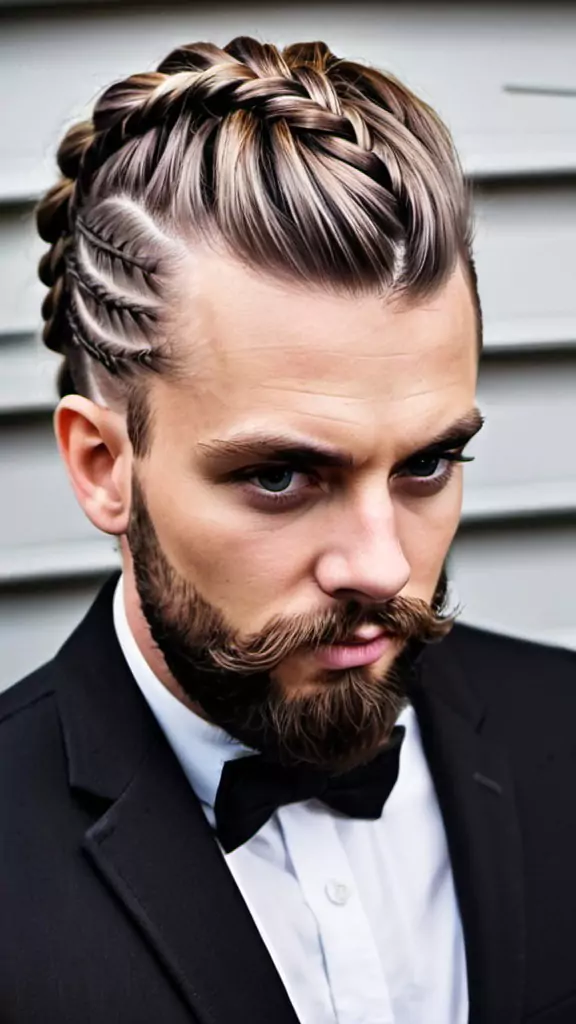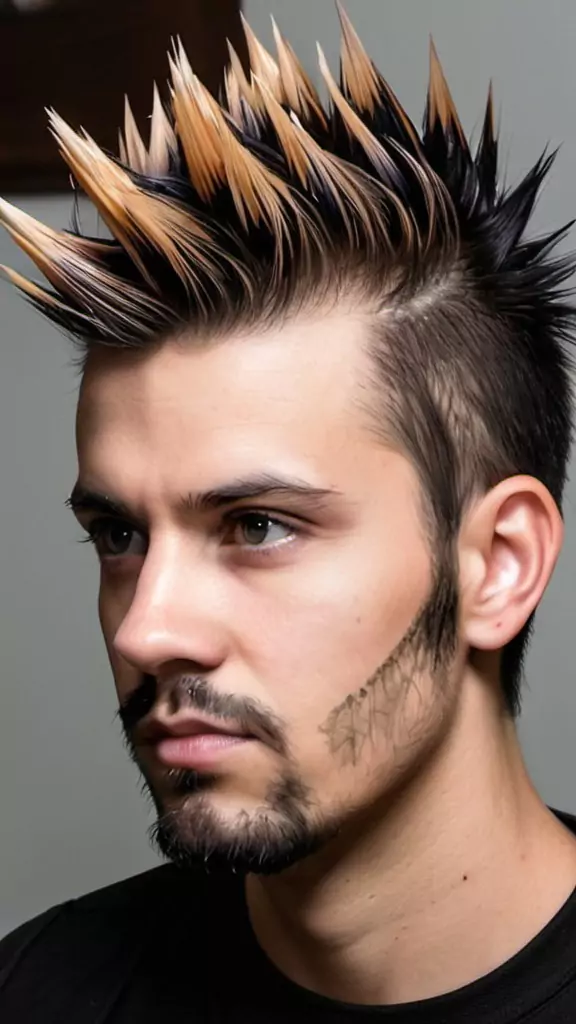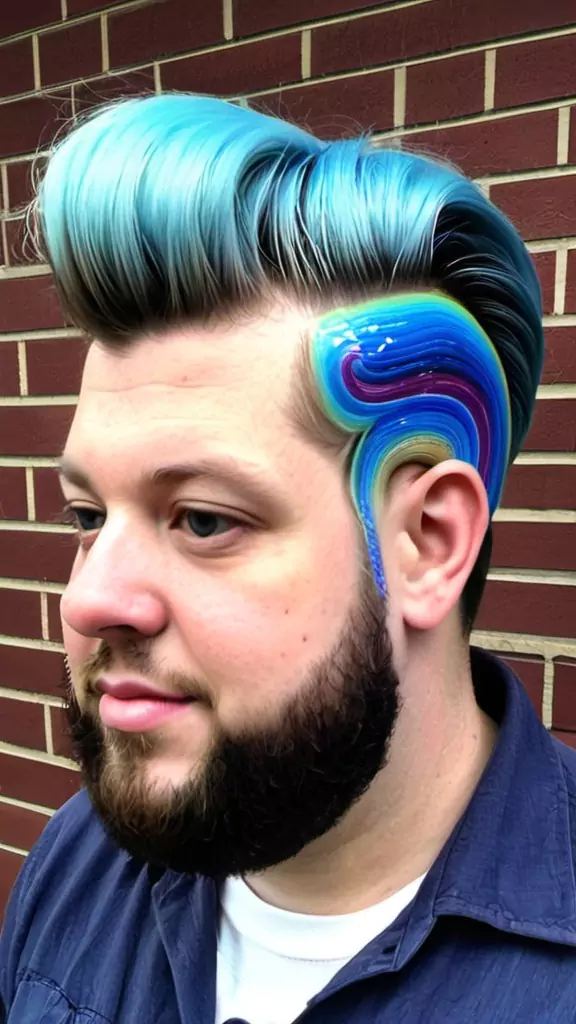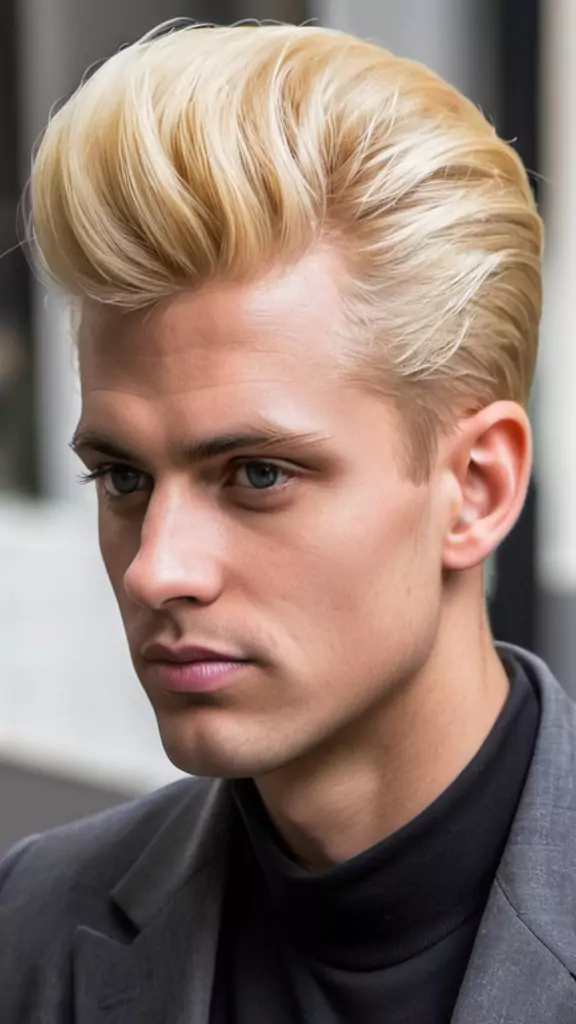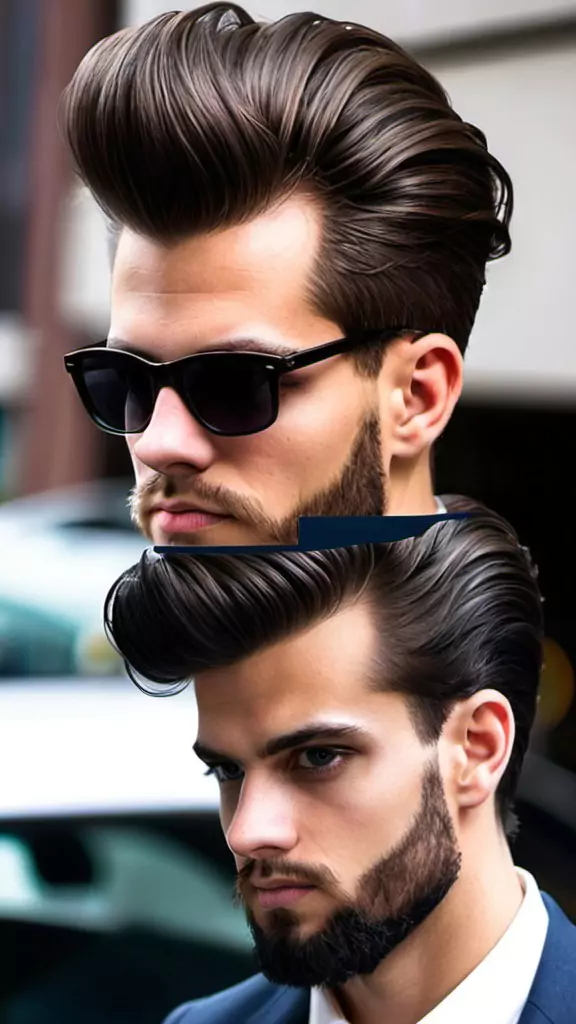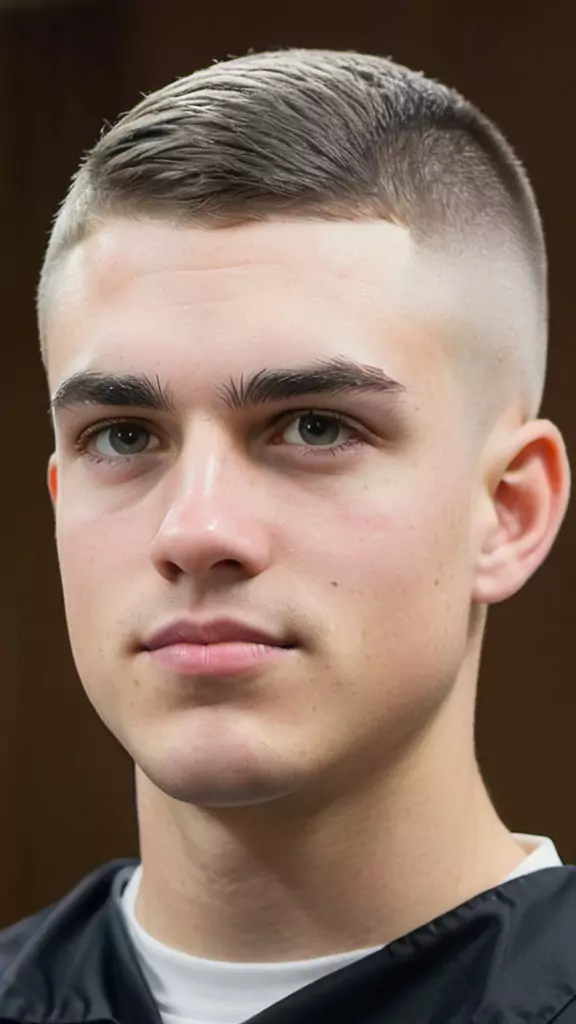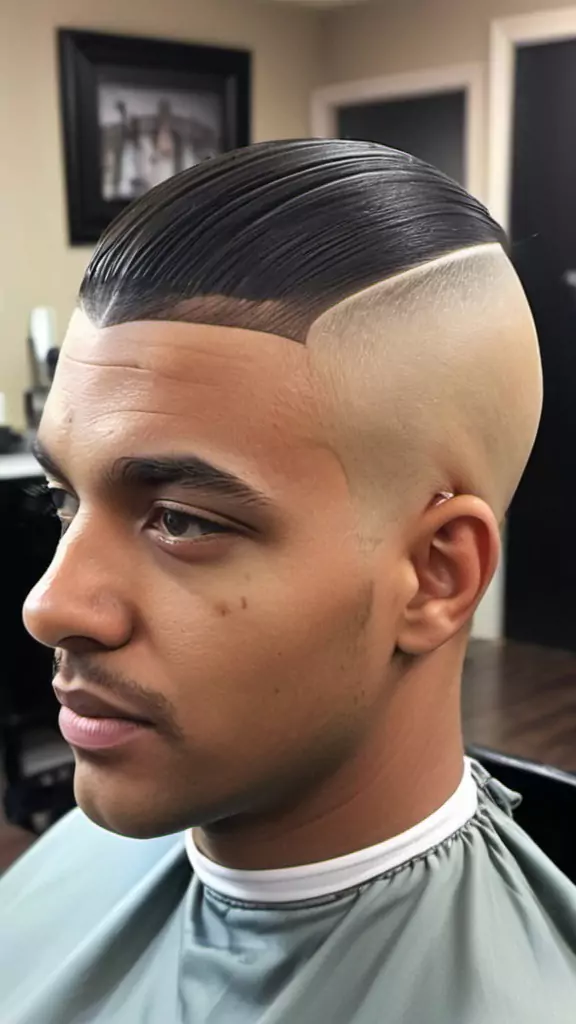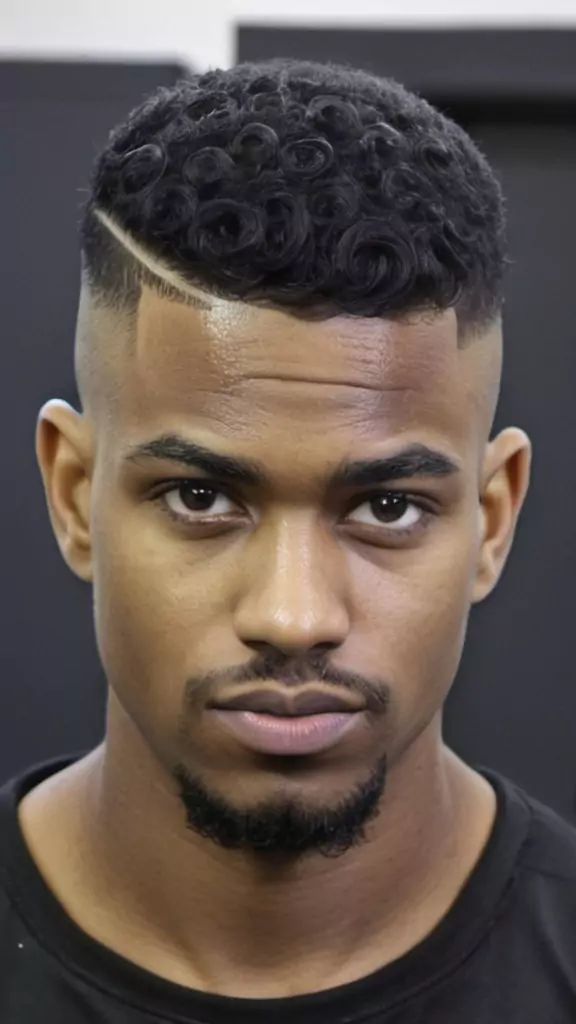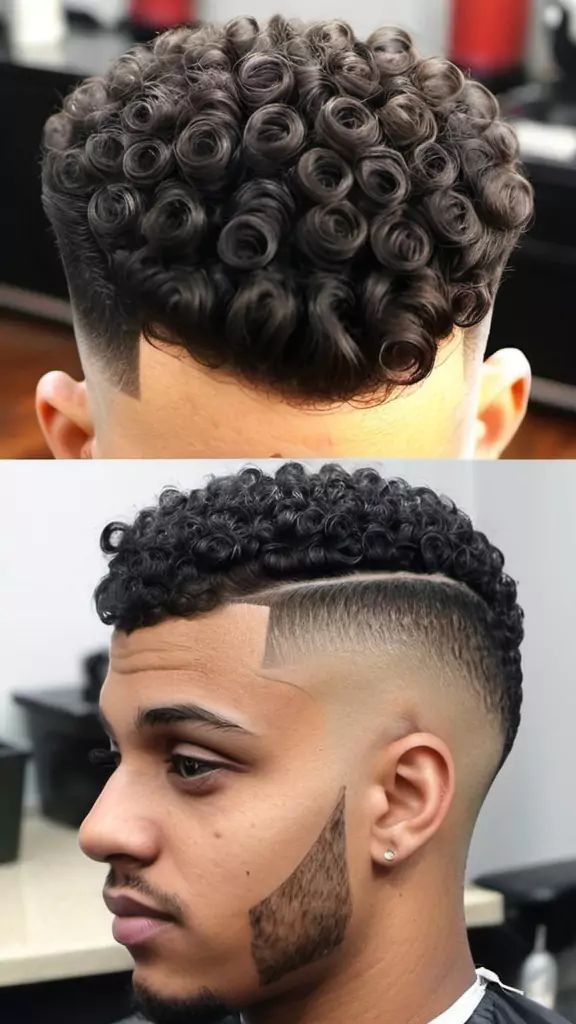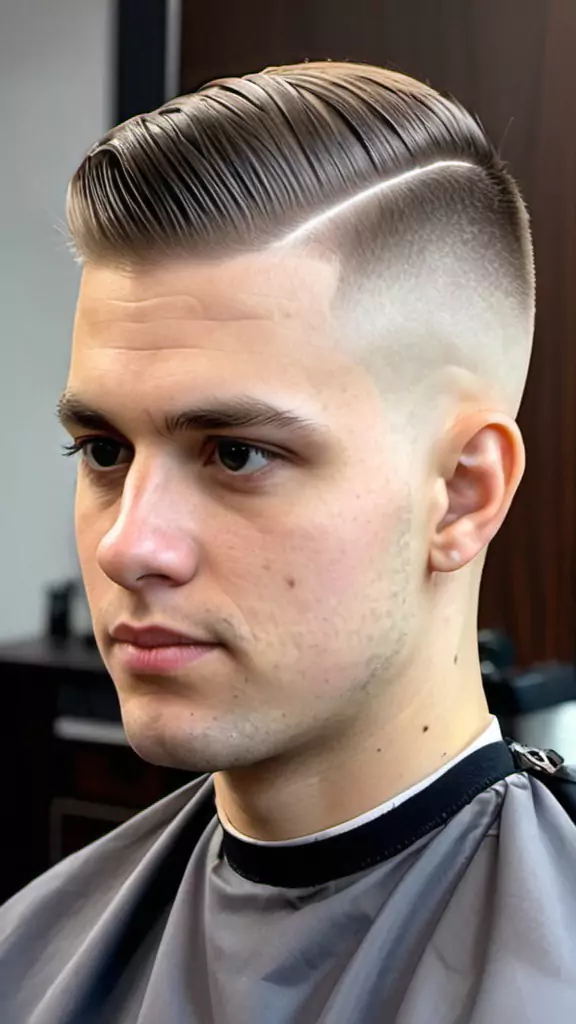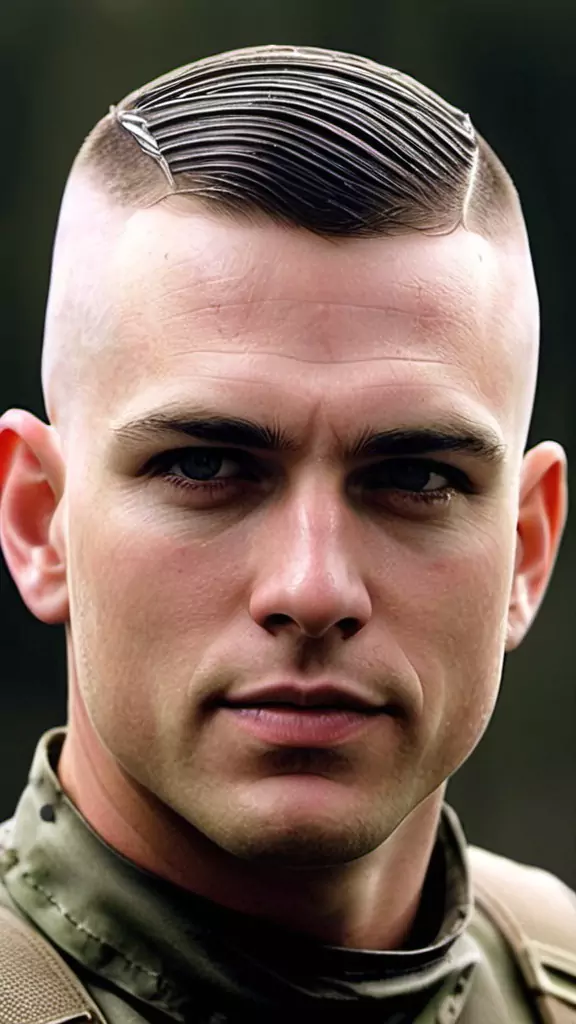The 2 Block Haircut is a trendy hairstyle that has gained immense popularity, especially among young men and in Asian cultures, particularly Korea. This stylish cut features two distinct sections of hair: the top part is typically longer while the sides and back are cut shorter, creating a sharp contrast. This unique look not only highlights facial features but also allows for various styling options.
One of the most appealing aspects of the 2-block haircut is its versatility. You can wear it in many ways, whether you prefer a straight, messy, or wavy finish. The longer top can be styled into a middle part or a side part, depending on your mood or the occasion.
K-pop idols have further popularized the 2 Block Haircut, making it a go-to choice for fans looking to emulate their favorite artists. Short versions of the cut are perfect for those who want a low-maintenance style, while longer options allow for creativity and experimentation with styles.
With endless possibilities for styling, from a classic curtain fringe to a messy look, the 2 Block Haircut can suit anyone’s personality. It’s a great choice for men who want to express themselves while keeping up with modern trends. Whether you opt for a simple 2-block style or incorporate a fade, this haircut will surely turn heads and make a statement!
2 Block Asian Haircut
The 2 Block Asian haircut is a trendy hairstyle that has gained popularity for its unique and stylish look. This haircut features two distinct sections: the top is longer while the sides and back are cut shorter, often using an undercut technique. The contrast between the longer hair on top and the shorter sides gives it a fresh, modern vibe that many young people love.

One of the coolest things about the 2 Block haircut is how versatile it is. You can style it in many ways to match your personality. For instance, you might choose a 2-block fringe haircut, where the front hair is cut into a curtain-like fringe that frames your face beautifully. If you’re feeling more adventurous, you could try a two-block x low fade haircut, which blends the top with a gradual fade on the sides for a sleek look.
Korean hairstyles, in particular, often showcase the 2 Block style. It’s very common among K-pop stars, who inspire many to embrace this haircut. Whether you want to keep it neat and polished or go for a messy, carefree appearance, the 2-block haircut is a fantastic option. It’s not just about looking good; it’s about expressing who you are. So, if you’re looking for a haircut that’s trendy, stylish, and full of possibilities, the 2 Block Asian haircut might be just what you need!
2 Block Perm
The 2-block perm is an exciting twist on the popular 2-block haircut many people love, especially in Korean culture. This style is a favorite among K-pop stars, and it shows off your personality. With a 2-block perm, you can add some fun waves or curls to your hair, making it look stylish and fresh.

Whether you want to rock a neat look or embrace a more relaxed vibe, the 2-block perm gives you plenty of options to express yourself. If you’re thinking about trying something new, this trendy haircut could be just what you need to stand out and feel confident!
2 Block Curly Hair
The 2-block haircut with curly hair is a fantastic way to show off your unique style, especially if you have natural curls. This curly 2-block haircut combines the trendy 2-block style with beautiful, bouncy curls that add volume and flair.

If you prefer a relaxed look, the 2-block haircut wavy is another great option, giving you that effortless vibe while keeping it modern. Many people consider the best 2-block haircut to be the one that fits their personality, so whether you go for curly or wavy, you can’t go wrong. Embrace this fun haircut and feel confident as you step out in style!
2 Block Haircut Women
The 2-block haircut for women is a trendy choice that many are loving right now. This style offers a fresh and modern look, making it perfect for those who want to stand out. Plus, it’s easy to maintain and gives you that relaxed vibe. So, if you’re looking to spice up your look, don’t hesitate to try the 2-block haircut, women. You’ll feel confident and stylish every time you step out!
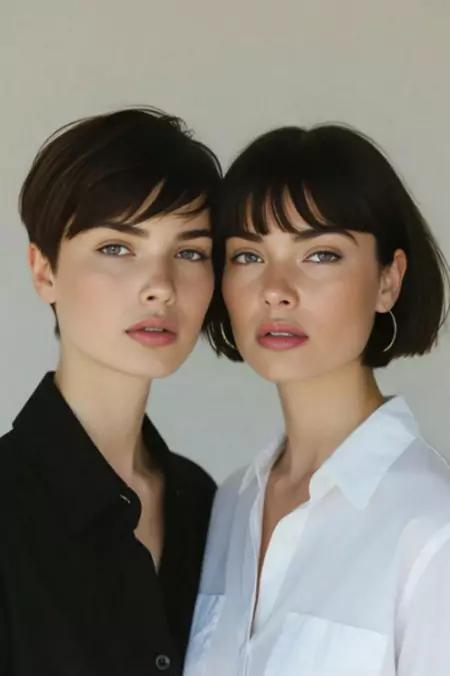
2 Block Haircut, Round Face
If you have a round face and want a trendy new look, the 2-block haircut is a fantastic choice! This style is great for accentuating your features while giving you a fresh vibe. You can also add a 2-block haircut with bangs for an extra touch of flair.
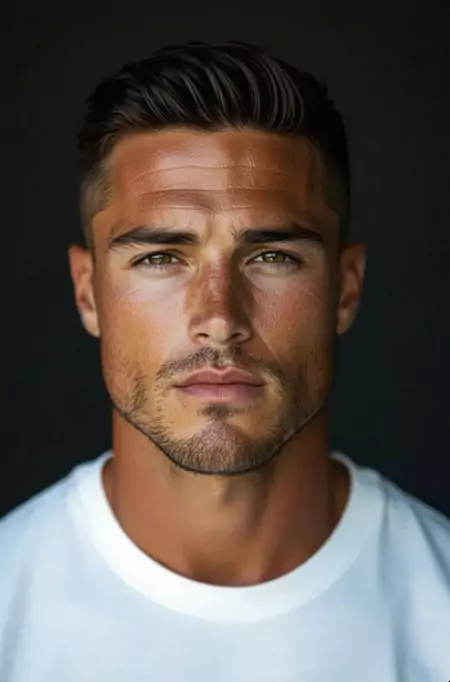
The bangs can help frame your face beautifully, making it feel more balanced. Whether you decide on a sleek or messy finish, this haircut is easy to maintain and will have you feeling confident and stylish every time you step out. So why not give it a try? You might just fall in love with your new look!
Low Taper Fade 2 Block
If you’re looking for a fresh and trendy haircut that suits a round face, the low taper fade 2 block is an awesome option! This style combines the classic 2 blocks with a low taper fade, creating a cool contrast that highlights your features.

The 2-block x taper fade not only adds a modern twist but also keeps your hair looking sharp and stylish. Whether you choose to add bangs or keep it simple, this cut is super easy to manage. Plus, it gives you that confident vibe every time you step out. So, if you’re ready for a change, the low taper fade 2 block might just be your new favorite look!
2 Block Haircut Jungkook
If you’re a fan of K-pop, you’ve probably noticed Jungkook rocking the 2-block haircut. This style is all about making a statement with its sharp lines and trendy vibe.

The 2-block haircut features shorter sides that blend into longer hair on top, creating a fresh look that suits his round face. With a low taper fade, it adds a cool contrast that highlights his features even more. Whether he’s performing on stage or just hanging out, Jungkook’s haircut gives him that confident edge. If you’re thinking about a change, the 2-block haircut could be the perfect way to express your style, just like him.
2 Block Haircut Pinoy
If you’re looking to switch up your hairstyle, the 2 block haircut might just be what you need, especially if you’re inspired by popular Pinoy trends. This stylish cut has shorter sides that blend perfectly into longer hair on top, giving you that edgy look. It’s like a fresh canvas that allows you to show off your personality.
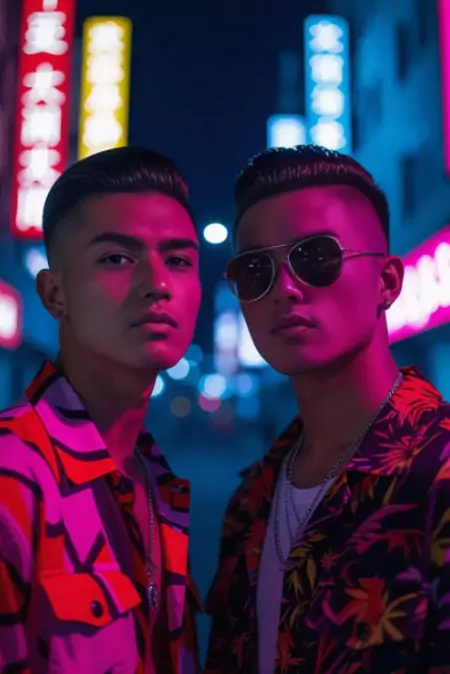
Just like how K-pop stars rock it, this haircut suits many face shapes and can be adjusted to fit your style. Whether you want to stand out at school or feel more confident when hanging out with friends, the 2-block haircut can help you make a statement. So why not take the plunge and try this trendy hairstyle? You might just love your new look!
2 Block Haircut Undercut
If you’re thinking about changing up your hairstyle, the 2-block undercut could be the perfect choice for you! This cool cut features shorter sides that blend into longer hair on top, giving you a trendy and edgy vibe.
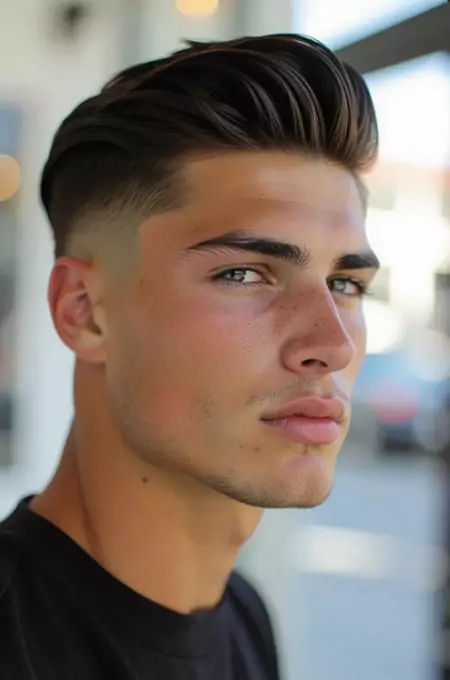
It’s a popular look among K-pop stars, and it lets your personality shine through. Whether you’re looking to turn heads at school or just want to feel more confident hanging out with friends, this haircut can help you stand out. So, why not give it a try? You might just fall in love with your fresh new look!
Two Block X Low Fade Haircut
The 2-Block Haircut is super trendy right now, especially with the low fade style. Imagine having a fresh, sharp look that really stands out! With this haircut, the top is longer, giving you room to style it however you want, while the sides fade down low for a clean finish.
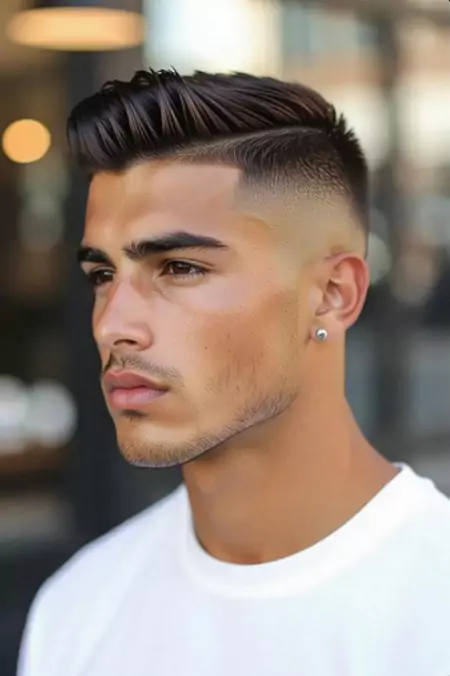
It’s a cool way to show off your personality, whether you want to keep it chill or go for something bold. Plus, the low fade adds a nice touch that keeps everything looking sharp. If you’re looking for a stylish and easy-to-maintain haircut, the 2-Block Haircut with a low fade might just be the perfect choice for you!
2 Block Korean Hairstyle
The 2 Block Korean hairstyle is a fantastic way to express who you are, whether you want a laid-back look or something a bit bolder. This style features shorter hair on the sides and back, with longer hair on top that you can style however you like.
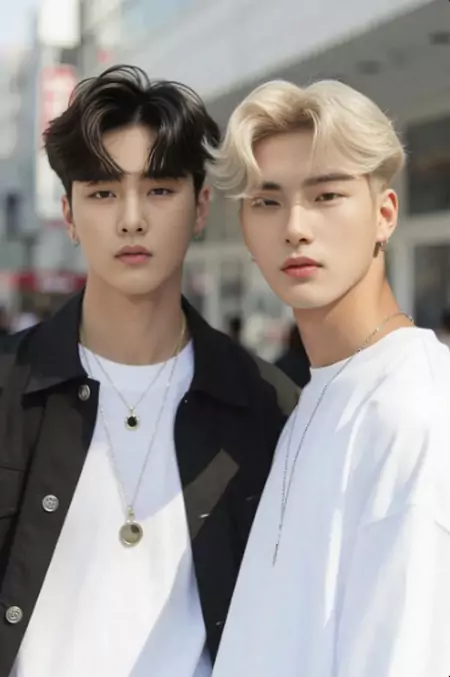
The low fade adds a clean finish, making it neat and cool at the same time. If you’re searching for a haircut that’s trendy yet easy to manage, the 2-Block Korean hairstyle could be just what you need! It’s perfect for showing off your unique personality while keeping things stylish.
Two Block X Undercut
If you’re looking for a haircut that stands out while still being easy to handle, the Two Block X Undercut might be your best bet! This trendy style combines the coolness of a low fade with the edgy vibe of an undercut, making it perfect for anyone who wants to express their personality.
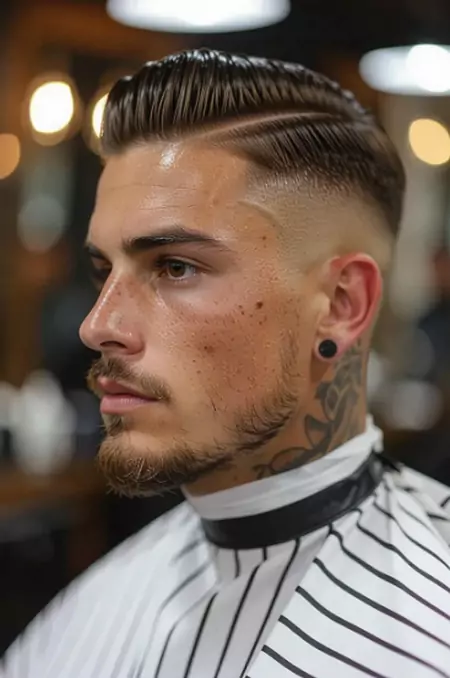
The two-block cut gives you that fresh look on top, while the undercut keeps things neat and manageable on the sides. It’s a great choice for those who want to turn heads without spending too much time styling their hair every morning. So, if you’re ready for a change, consider rocking the Two Block X Undercut!
2 Block Haircut Long Fringe
The two-block haircut with a long fringe is a fantastic way to stand out while keeping your style low-maintenance. This trendy cut features shorter sides and a longer top, giving you that cool, fresh look. The long fringe adds a touch of flair, framing your face beautifully. It’s perfect for anyone who wants to make a statement without spending hours in front of the mirror.
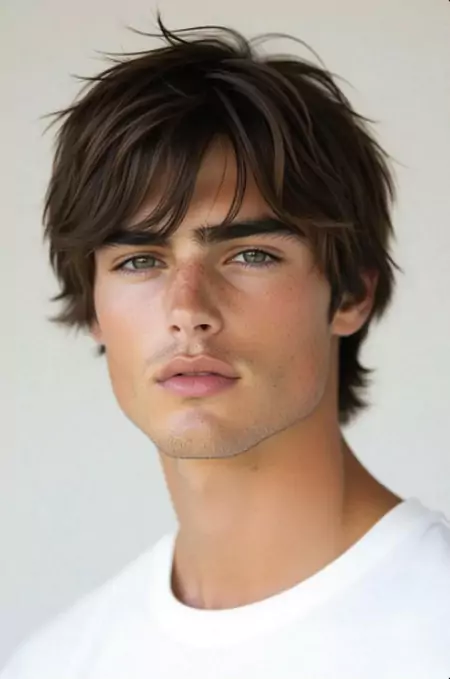
2 Block Haircut Fade
The two-block haircut fade is a stylish choice that can help you express yourself. With shorter sides and a longer top, this haircut fade gives you a fresh and modern look. The long fringe adds some cool flair, making it perfect for anyone who wants to stand out without a lot of fuss. You can easily style it to frame your face, and best of all, it’s low-maintenance!

2 Block Haircut Middle Part
The 2-block haircut is an awesome choice if you want something trendy and easy to manage. With a middle part, this style shows off the longer hair on top while keeping the sides nice and short. It gives you a fresh look that stands out without being too complicated. Plus, the long fringe adds a cool touch, making it perfect for anyone who wants to express their unique style.
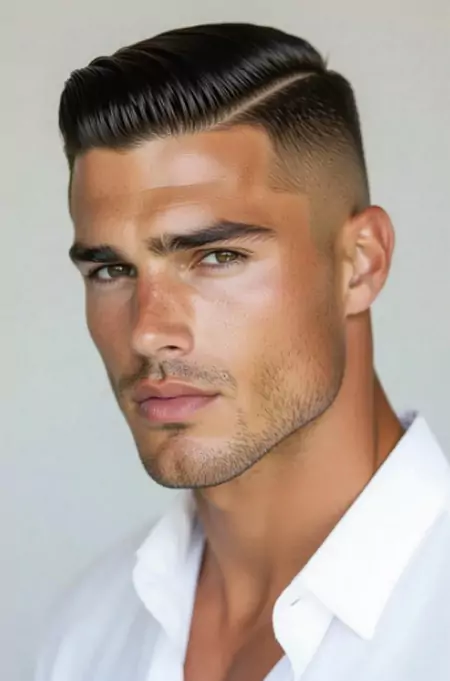
Korean Haircut
The 2-block Korean haircut is a super trendy choice that’s both stylish and easy to take care of. With a cool middle part, this haircut lets you show off the longer hair on top while keeping the sides short and neat. It’s a fresh look that stands out, making you feel confident and unique. The longer fringe adds an extra cool factor, perfect for anyone who wants to express their style. If you’re thinking about a new haircut, the 2 block haircut could be the perfect option for you!

Japanese Two-Block Haircut
The Japanese two-block haircut, often called the 2 block Japanese haircut, is an awesome choice for anyone looking to switch up their style. This trendy cut features longer hair on top while the sides are kept short and tidy, creating a cool contrast that makes a statement. With a stylish middle part, you can show off your personality and feel confident no matter where you go.
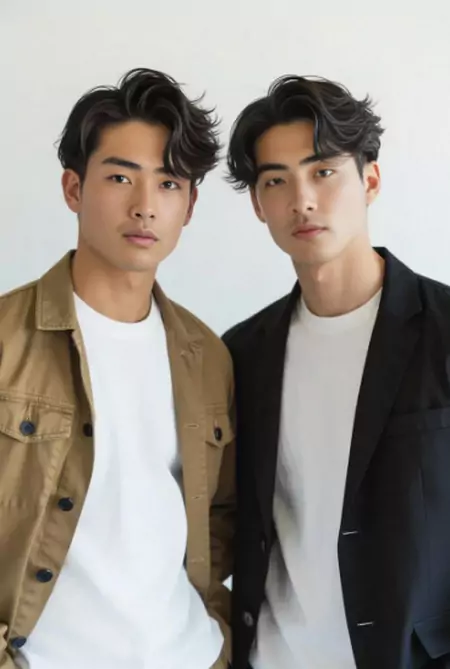
Plus, the longer fringe adds an extra touch of flair, making it perfect for anyone who wants to stand out. If you’re considering a new look that’s easy to manage and super fashionable, the 2 block Japanese haircut might just be the perfect fit for you!
2 Block Curtain Haircut
The 2 block curtain haircut is an exciting choice for anyone wanting to refresh their look. With this trendy style, the hair on top is kept longer while the sides are neatly trimmed, creating a striking contrast that stands out. The middle part lets you express your personality, whether you’re hanging out with friends or heading to school.

Plus, the longer fringe adds a fun flair that makes this haircut even more stylish. If you’re looking for a fashionable and easy-to-manage hairstyle, the 2-block curtain haircut might be just what you need to feel confident and unique!
2 Block Haircut 360 View
The 2-block haircut is a super cool style that makes an impression, especially when you see it from a 360 view. The middle part adds a fun twist, letting you show off your style. Whether you’re at school or just hanging out with friends, the longer fringe gives it an extra touch of flair.
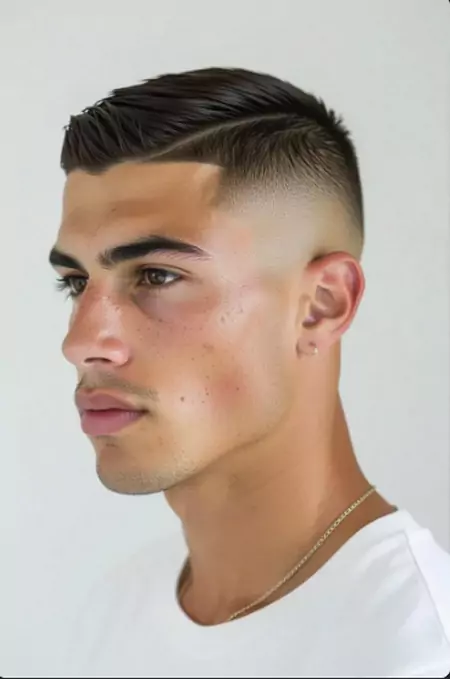
If you want a trendy hairstyle that’s easy to manage and helps you feel confident, checking out the 2-block haircut 360 views can inspire you to try this awesome cut!


